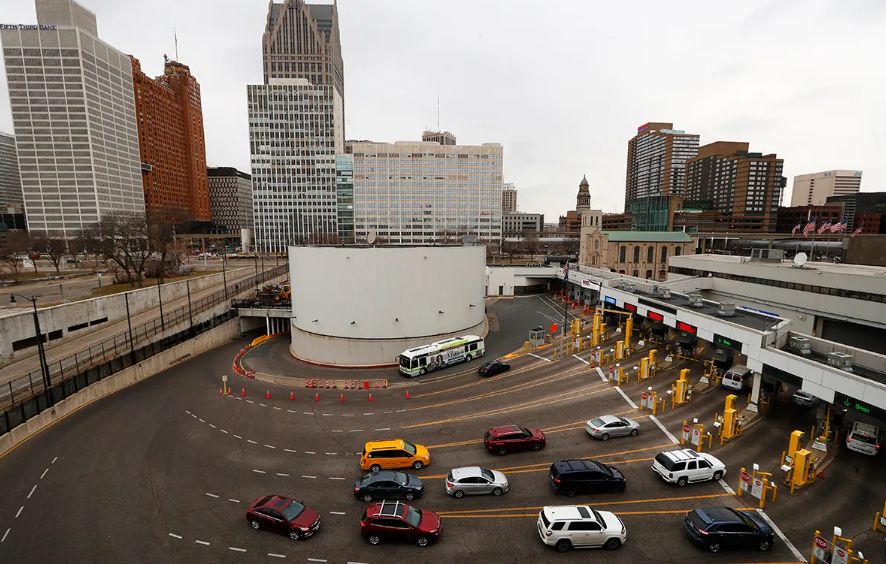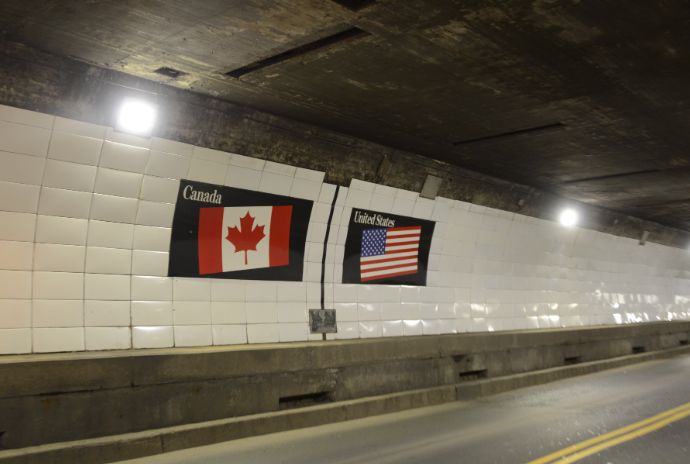The Detroit-Windsor Tunnel stands as a testament to international cooperation and engineering prowess, connecting the cities of Detroit, Michigan, in the United States, and Windsor, Ontario, in Canada. This subaqueous marvel has played a crucial role in facilitating cross-border trade and fostering cultural exchange since its inception. Let’s delve into the rich history of the Detroit-Windsor Tunnel, exploring its conception, construction, and its impact on the region.
Conception and Planning:
The idea of a tunnel between Detroit and Windsor was first proposed in the early 20th century when cross-border traffic was primarily serviced by ferries. The need for a more efficient and reliable transportation link became evident as the automotive industry burgeoned on both sides of the Detroit River. The construction of the tunnel promised to enhance economic ties and improve accessibility between the two cities.
Construction:
The groundbreaking for the Detroit-Windsor Tunnel took place on July 28, 1928, marking the commencement of a monumental engineering project. The tunnel’s construction posed numerous challenges, given the need to burrow beneath the Detroit River. Engineers employed innovative techniques, such as the use of a tunnelling shield and compressed air to stabilize the excavation process.
The project also faced financial hurdles, exacerbated by the Great Depression. However, private investors and government support from both sides of the border ensured the tunnel’s completion. On November 1, 1930, the Detroit-Windsor Tunnel opened to the public, becoming the first vehicular tunnel between two nations.
Technical Features:
The Detroit-Windsor Tunnel stretches approximately 1.6 miles (2.6 kilometers) beneath the Detroit River, connecting Detroit’s historic district of downtown with Windsor’s city center. The tunnel is equipped with ventilation systems, lighting, and security measures to ensure the safety and comfort of travelers. It accommodates both vehicular and pedestrian traffic, fostering a seamless connection between the two cities.

Impact on Cross-Border Relations:
The tunnel’s completion had a profound impact on the economic and cultural ties between Detroit and Windsor. It provided a direct link for the burgeoning automotive industry, allowing for the efficient movement of goods and personnel. Additionally, the Detroit-Windsor Tunnel facilitated tourism and cultural exchange, fostering a sense of interconnectedness between the two communities.
Modernization and Upgrades:
Over the years, the Detroit-Windsor Tunnel has undergone several renovations and upgrades to meet modern safety and technological standards. These enhancements have included improvements to the tunnel’s infrastructure, security systems, and traffic management.
Conclusion:
The Detroit-Windsor Tunnel stands as a symbol of cross-border collaboration and technological innovation. From its conception in the early 20th century to its role as a vital conduit for trade and cultural exchange today, the tunnel continues to be a key element in the interconnectedness of Detroit and Windsor. As a testament to the enduring partnership between the United States and Canada, the Detroit-Windsor Tunnel remains a remarkable engineering achievement with a rich history and a promising future.


